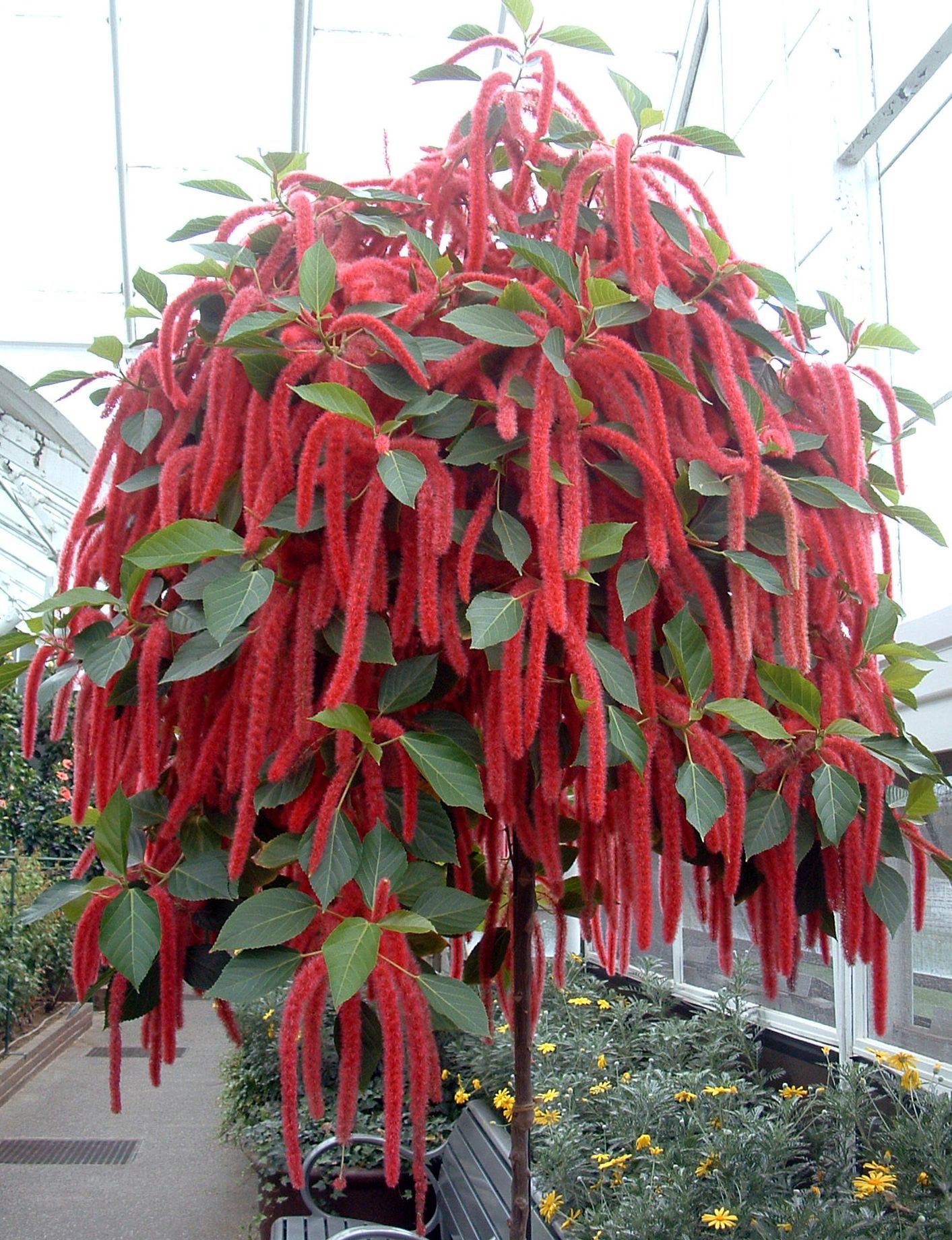|
||||||
Free Passiflora Caerulea Plants Provided cultural conditions are suitable, the Passiflora will produce its unusual and beautiful flowers in near continuous succession from summer to early autumn. With luck, these may be followed by the yellow to orange fruits. This plant is tidy and compact when young, but soon produces long, straggly growth with tendrils that latch on to almost anything nearby. It must therefore be carefully and regularly trained around an adequate supporting frame. Ifspace is limited, the growth can be cut back hard each spring to keep the plant to a more manageable size. The Passiflora is a hardy subject, requiring cool conditions. In summer it can be stood outdoors if desired. Plant type : Flowering plant with climbing habit Season of interest : Summer to early autumn Size : 60-250cm (24-98in) Flower : 7.5cm (3ln) across, formed of five white sepals and five white petals with purple blue filaments radiating from centre, and with five yellow anthers and three brown stigmas, occasionally followed by 5cm (2in) yellow to orange fruit Leaf : Lance-like, lobed, 7.5-10cm (3—4in), dark green, in clusters of five to nine Temperature : 16—21 °C (61 -70°F) Aspect/Light : Well-lit position with sunlight Humidity : Moderate to high Watering : Evenly moisten compost in spring and summer, allowing to dry a little before re-watering; keep on dry side in autumn and winter Feeding : Once every two to three weeks with flowering plant fertilizer in spring and summer Propagation : Plant 10cm (4in) tip or stem cuttings in seed and cutting compost at 18—20°C (65—68°F) in early to mid summer Potting : Houseplant potting compost Problems : Aphid Availability : Occasionally available in spring and early summer Uses indoors : Windowsill plant when small, then as floor-standing plant close to patio window or in conservatory |
||||||
|
||||||
